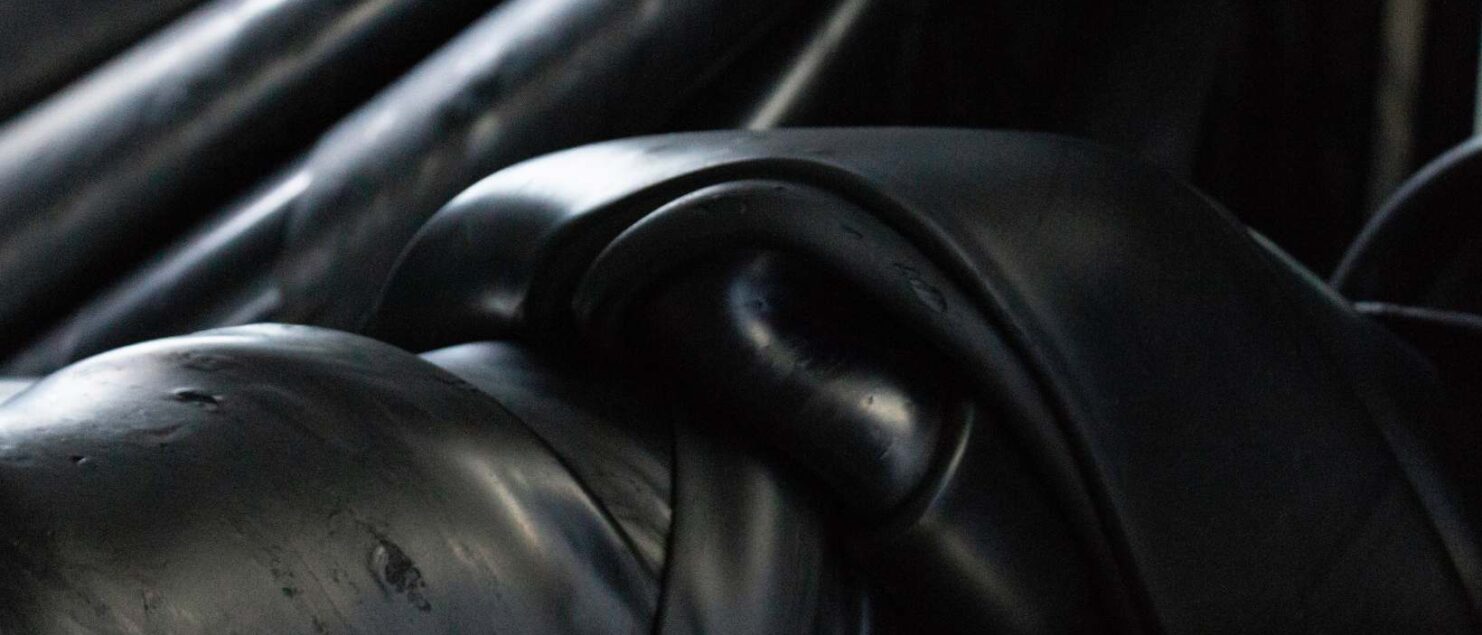The Intricate Processes Involved in Creating Rubber Compound
In the realm of rubber manufacturing, the creation of a high-quality rubber compound is a meticulous and multi-step process. This article delves into the intricate stages involved in crafting rubber compounds, highlighting the precision and expertise required for optimal results.
1. Raw Material Selection: The journey begins with the careful selection of raw materials. Natural rubber from latex or synthetic rubber alternatives serves as the base. Additives such as fillers, plasticizers, curing agents, and accelerators are chosen based on the desired characteristics of the final compound.
2. Weighing and Mixing: Accurate weighing of raw materials is paramount. The weighed components are then introduced into the mixing stage. This is where the magic begins as the materials undergo thorough blending in an internal mixer or open mill. The mixing process ensures homogeneity and consistency, crucial for the compound’s performance.
3. Incorporating Additives: Various additives are introduced during the mixing stage to enhance specific properties of the rubber compound. Carbon black, silica, and other fillers reinforce strength and durability, while plasticizers improve flexibility. Antioxidants and anti-degradants contribute to longevity, ensuring the compound withstands environmental factors.
4. Vulcanization: Vulcanization, a transformative process discovered by Charles Goodyear, is the next crucial step. The mixed compound is exposed to heat and pressure, activating the curing agents. This results in cross-linking between polymer chains, transforming the rubber into a more durable, elastic, and heat-resistant material. The vulcanization process is tailored based on the intended application.
5. Calendering or Extrusion: Once vulcanized, the rubber compound undergoes further shaping through calendering or extrusion. Calendering involves passing the rubber through rollers to achieve a specific thickness, while extrusion forms continuous profiles. These processes are pivotal for creating sheets, profiles, or specific forms required for diverse applications.
6. Cutting and Shaping: The formed rubber compound is then cut and shaped according to the desired end product. Precision cutting techniques ensure consistency, whether creating industrial components, automotive parts, or specialized rubber sheets.
7. Testing and Quality Control: Quality control is integral throughout the entire process. The final rubber compound undergoes rigorous testing, including assessments of physical properties, hardness, elasticity, and resistance to environmental factors. These tests ensure that the compound meets the required specifications for its intended application.
8. Packaging and Distribution: Once the rubber compound passes quality checks, it is packaged for distribution. Proper packaging safeguards the compound during transit and storage, maintaining its integrity until it reaches manufacturing facilities where it will be further processed into final products.
In conclusion, the creation of a rubber compound is a symphony of science and craftsmanship. Each step, from raw material selection to quality control, requires precision and expertise to yield a compound that meets the diverse and demanding needs of industries worldwide. As rubber compounds continue to be the building blocks of countless applications, the commitment to excellence in their creation remains a cornerstone of the rubber manufacturing process.
